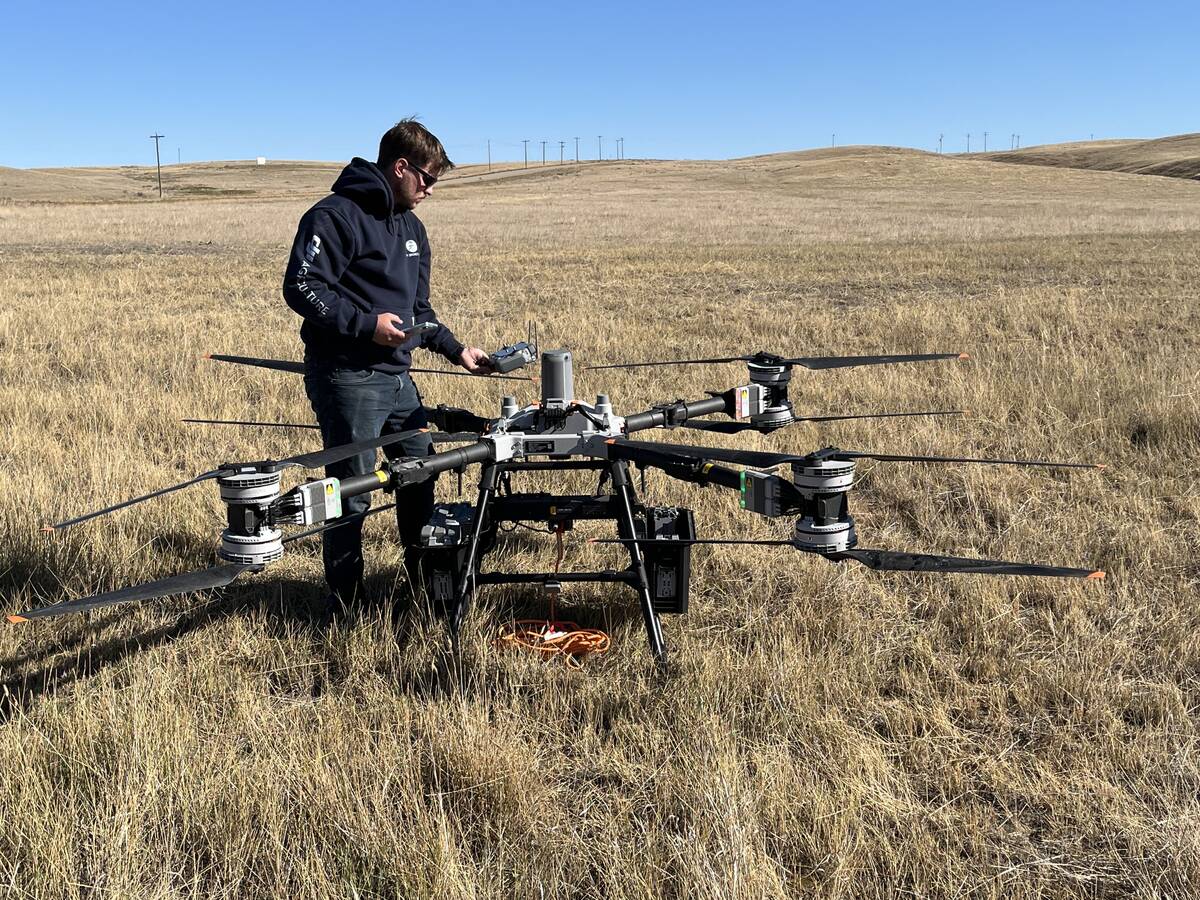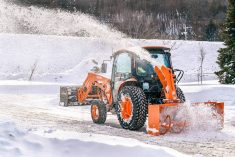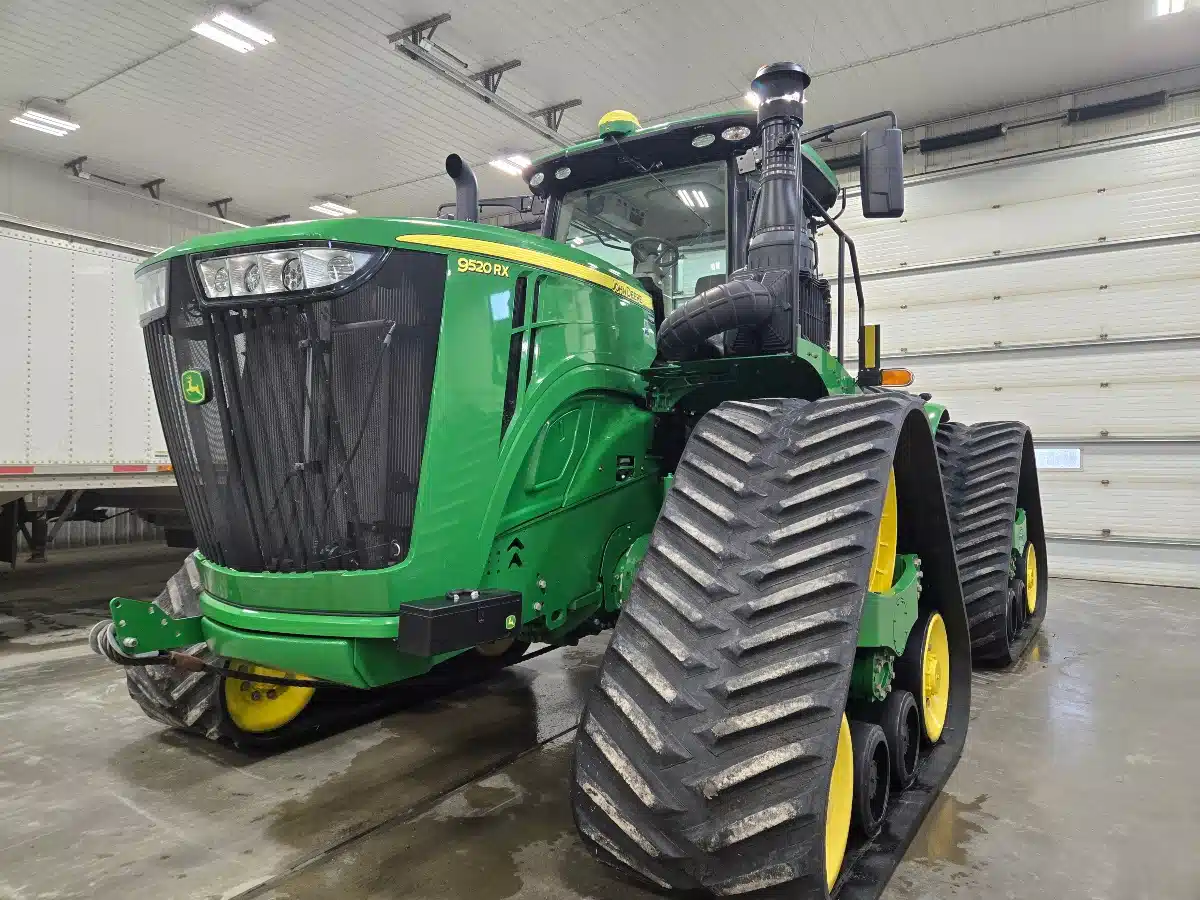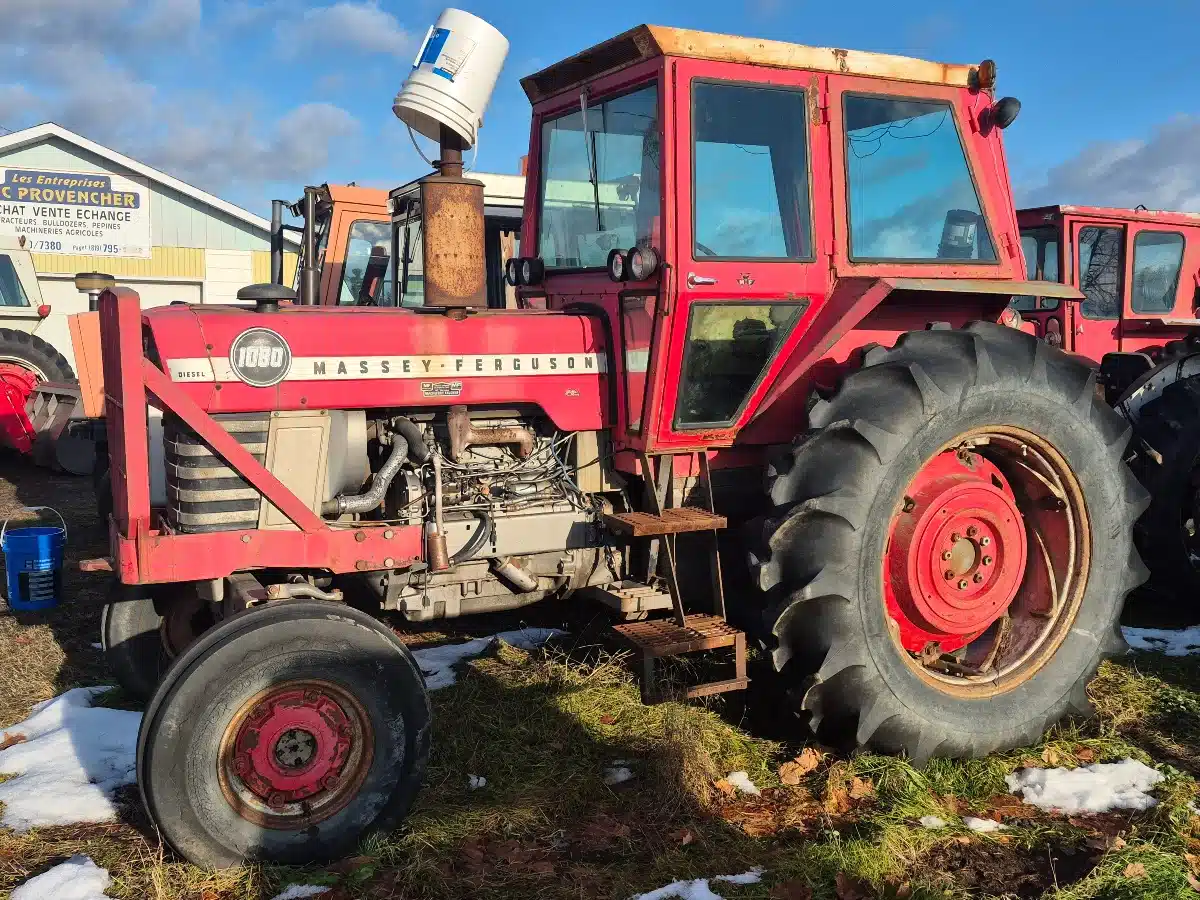Are you thinking of buying a used tractor or other farm machine at one of this season’s spring auctions? When buying at auction, there is usually limited opportunity to give a machine or vehicle a thorough inspection. So here are a few useful things you can do at a sale to at least check the engine.
Start with the basics.
First, check the oil. You’re looking for any kind of condensation or grey material on the dipstick or underneath the filler lid. That would be an indication of water, moisture or coolant in the engine, which could be very serious. If there is coolant in there, it could damage the main bearings.

Moisture could come from a pin hole in a cylinder sleeve due to cavitation, a failure of the O-ring at the bottom of the sleeve or a head gasket leak.
Once you know what things look like inside the crankcase, look at what the engine has been breathing in. If it’s been sucking dirt, there is likely serious trouble ahead. Ideally, the primary air filter should trap nearly all the contaminants, and everything behind it should be very clean.
Pull the air cleaner cover off and take a look at the secondary engine air filter, just to make sure everything looks fresh, clean, bright and new. Often there will be a date stamp on the inner filter, indicating when it was last changed — a good indicator of the level of maintenance a machine was given.

Move on to the coolant, check the level and make sure there’s no indication of oil. Usually with coolant, oil will float to the top if the engine hasn’t been running. It’ll be evident in the overflow bottle or under the rad cap.
That problem is an indicator of a crack in the oil cooler, which forces higher-pressure oil into the lower-pressure cooling system.
(P.S. — Hopefully no one needs to be reminded of this, but make sure the engine is cold when you remove the radiator cap.)
Start it up
Once the preliminaries are done, it’s time to start the engine up and see how it runs. Observe how long it takes for the r.p.m. to level out. Does it run rough? Is it missing on one or two cylinders? How long does it crank over before firing?
Read Also

Farm-facing drone does the heavy lifting
Canadian distributor DJI Agriculture unveils its AGRAS T100 drone to western Canada’s producers for greater efficiencies in spraying and granular spreading in fields.
On electronic engines, extended cranking can be an indication of some type of sensor failure, such as a crank position sensor; on older engines, it’s likely due to low compression.
READ MORE: How to diagnose a no-start problem
An infrared non-contact thermometer will help provide a clearer picture of what’s happening inside the cylinders when the engine is running. Use it to check the temperature along the exhaust manifold at each cylinder.
There should be fairly even temperature growth along the manifold. The number one and six cylinders might have a temperature of 180 F. As you get closer to the turbo, the temperature will increase. Cylinder exhaust manifold ports should heat up relatively evenly, within 15 or 20 F of each other. If they don’t, there may be a faulty injector or low compression on one cylinder.

Watching for exhaust smoke can also provide some useful clues — but what smoke indicates often depends on the age of the engine.
Older equipment usually puffs out lots of smoke when there is an internal problem. White smoke could be an indication of coolant loss or improper timing. Older tractors will smoke a light blue when they’re cold. Black smoke will be an indication of over-fuelling or restricted air. Grey or hazy would usually indicate some type of oil burnoff.
On newer Tier 4A and B engines, after 15 or 20 seconds you’ll see a bright white smoke, which is actually steam. That’s just from the injection of diesel exhaust fluid (DEF). It’s common and will clear up as the engine warms up.
Check the crankcase ventilation tube on older engines for indications of blow-by, which would point to cylinder failure or compression loss. But that’s not possible on newer engines, which recycle crankcase ventilation back into the engine.
READ MORE: New or used?
Don’t forget to check the dashboard on newer machines for warning lights and fault icons.
Finally, if you can speak to the owner, find out about the maintenance history of the machine. Keeping up to scheduled work on newer diesels is more important now than it ever was.
Mechanics advise that the biggest imperative on new engines is maintenance. If manufacturers say change the coolant every five years or 2,000 hours, they mean it — whereas on an old engine, it wasn’t as important.





















